Table of Contents
- Benefits of Project-Based Learning
- For Students
- For Teachers
- For Parents and Tutors
- For School Administrators
- For Libraries and Educational Software Developers
- For Educational Researchers
- For Non-Governmental Organizations and Entrepreneurs
- Implementation Strategies
- Planning and Design
- Resource Allocation
- Role of Teachers and Instructional Designers
- Involving Parents and Community
- Assessment and Evaluation
- Challenges and Solutions
- Common Challenges
- Potential Solutions
- Research on PBL
- Conclusion
The world is evolving so are the skills needed to survive in it. A 21st-century person should have problem-solving, critical thinking and other analytical skills that are crucial to grow in the workplace. So, educational institutes should prepare kids to deal with this new world.
For this, they can introduce Project-based learning (PBL) in the classroom. It is a student-led approach in which they are assigned different projects. These projects are not like ordinary projects. But, they are the ones that allow kids to use their skills and knowledge. They can be creative and can take different approaches to solve the project.
The Arch for Kids organization defines it as “learning by doing”. The core principles of PBL are complex and open-ended questions with different approaches and materials to solve them. The kids use different skills and knowledge to give a final product.
It can help them in preparing for the real world. It teaches them how to solve a problem, how to divide a task into small and manageable steps and how to lead a team of stakeholders to implement a solution.
Benefits of Project-Based Learning
This project-based learning is beneficial for every person related to the education field. Let's discuss some basic benefits of it.
For Students
PBL allows students to have critical thinking, problem-solving skills, communication skills, confidence, importance of collaboration and independent learning. This teaches them to use the right tools and technology to communicate and produce a final product. Moreover, it will give them leadership skills and lifelong practical skills to flourish in their lives.
For Teachers
PBL can help teachers in teaching curriculum-based skills interactively and uniquely. It teaches students personal responsibility that can help you in managing your classroom effectively. Moreover, PBL requires you to make adjustments in your classroom that will teach you innovative teaching methods. This will be helpful for your professional growth.
For Parents and Tutors
PBL gives students self-discipline and life skills that can reflect in every aspect of their lives. This can help parents in giving a structured routine to kids. Moreover, enhanced communication skills and problem-solving skills enable a kid to actively learn and participate in different activities of life.
For School Administrators
If an institute teaches students through PBL, they are preparing them for the 21st-century world. These kids can conquer their professional field which can enhance the reputation of the institute. Moreover, it allows administrators to access students through different projects and methods that can improve their assessment process.
For Libraries and Educational Software Developers
For PBL, kids have to explore different resources. So, they would be willing to come into libraries. This can enhance the resources of educational libraries. They can collaborate with different institutes to provide essential workshops and resources to their kids related to their projects.
Software developers can also design different educational software that can help students by providing resources for projects or helping teachers in designing projects for their classes.
For Educational Researchers
Educational researchers can research different techniques related to PBL and how these projects can be helpful for students. It can suggest different PBL projects to teachers too.
For Non-Governmental Organizations and Entrepreneurs
NGOs and Entrepreneurs can design different educational materials, courses and AI tools that can teach students and teachers about PBL. They can raise awareness about the importance of this technique and can collaborate with schools to teach their tutors about PBL teaching methods.
Implementation Strategies
How to apply PBL in the course? Well, there are different types of PBL projects and each can have unique requirements. But, we will tell you some basic implementation strategies for it.
Planning and Design
The first and crucial step is to plan and design a project that should be complex but not to the extent that students feel burned out. Teachers should select the project that aligns with the curriculum and recent trends of the 21st century. It will push students to apply their knowledge and skills in it.
For this, you should look around to find real-world projects. Moreover, you can look at different resources that have pre-made PBL projects in them. An example of this is the Defined STEM online library.
Resource Allocation
You should make sure that your kids have all the resources and tools. There are different project management tools, courses, online libraries and other time-saving tools for completing the projects. So, you should provide them with subscriptions or a list of free resources to use. Some examples of resources are Trello, Edmodo and MindMeister.
Role of Teachers and Instructional Designers
Teachers shouldn't be a primary source of information in this project. In fact, they should be a facilitator who guides students toward resources. Moreover, you should provide a curiosity environment in the classroom where you welcome questions or provide them additional knowledge toward the project.
Instructional designers should take feedback from students on each step to address any pitfalls or areas of improvement in PBL.
Involving Parents and Community
Parents can also be facilitators for their kids to guide them toward the right path in their projects.
They can help their kid by finding any local startup that aligns with their industry. Partnering with them can help students in providing insights into current workplace challenges and their solutions. It can also enable them to network with experts who can help them in their professional lives.
Assessment and Evaluation
Teachers should have clear rubrics for assessment so that kids can have clarity. Moreover, teachers should acknowledge the process and final product so that students can get the scores based on their efforts and creativity
Challenges and Solutions
Teachers and students can face a lot of challenges when applying PBL in the curriculum.
Common Challenges
Teachers can face limitations in terms of funding and access to technology. They can also face resistance from students who are used to traditional settings. Sometimes, a project doesn't provide as much benefit to students as it should. Also, sometimes students don't have the research skills that are necessary for the success of PBL.
Potential Solutions
For the solution, teachers should provide a supportive classroom environment. They should keep the first project of the year simple and easy. Also, they should give projects in groups so that students can get familiar with PBL teaching methods. Gradually, teachers can increase the complexity of the project. For resources, teachers can use free online tools or ask for funds from the school administration.
Research on PBL
There are a lot of schools that base their curriculum entirely on project-based learning. Some notable examples are THINK Global School and Muscatine High School. THINK has its students in four different countries so PBL helps it to teach them skills based on their cultures. Muscatine has collaborated with an organization for implementing PBL in different courses.
Different researchers also found interesting data about the importance of PBL. According to a meta-analysis of 82 studies, PBL empowers students to take an active part in learning. A 2011 study tells us that PBL helps students in getting good grades. Extensive research indicates better knowledge retention in students due to PBL.
But, a lot of researchers are questioning the use of PBL in elementary schools. Because a lot of schools and teachers are not using this approach for elementary students. So, future studies can focus on the positive or negative impact of PBL on these kids.
Conclusion
After going through this blog, you may have an idea about PBL and how to apply it in your classroom. Here, you should remember to keep your teaching student-centred to implement projects in the classroom. All stakeholders should apply these strategies in educational settings and collaborate with startups and NGOs to allocate resources to students.







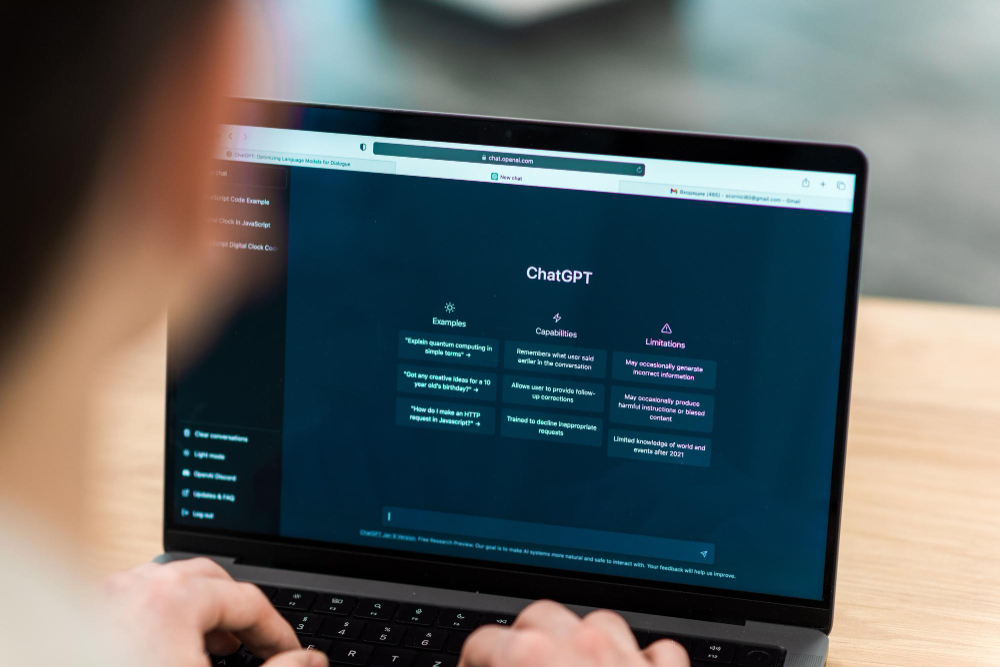












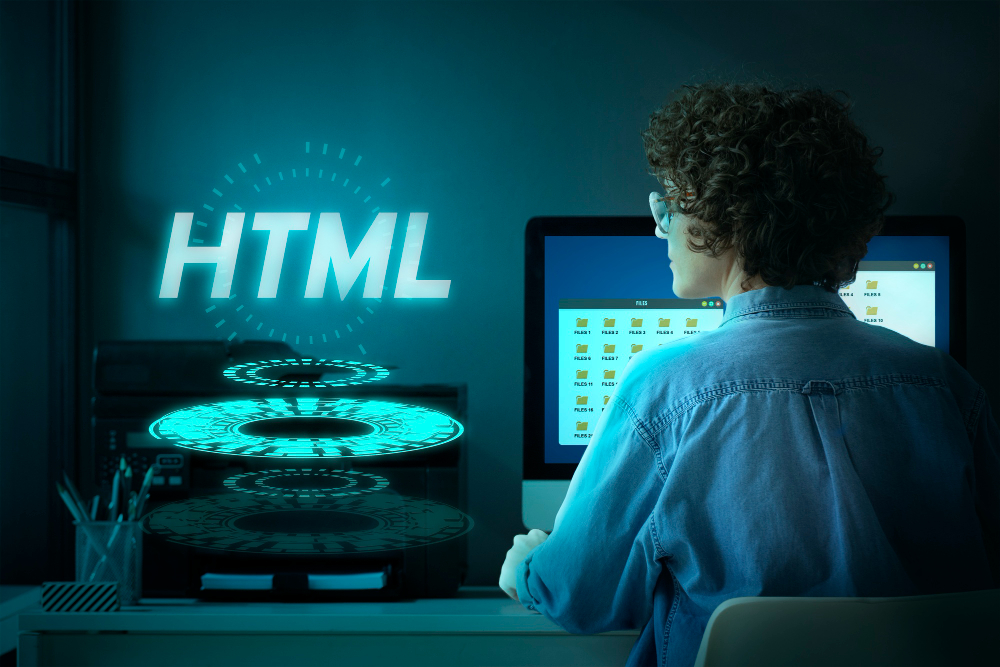

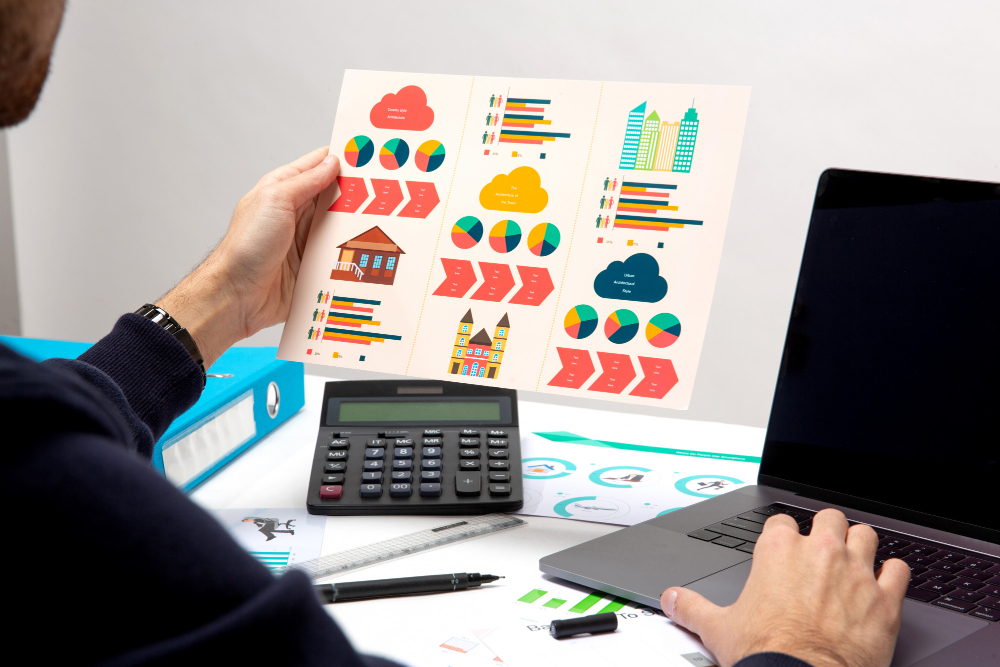
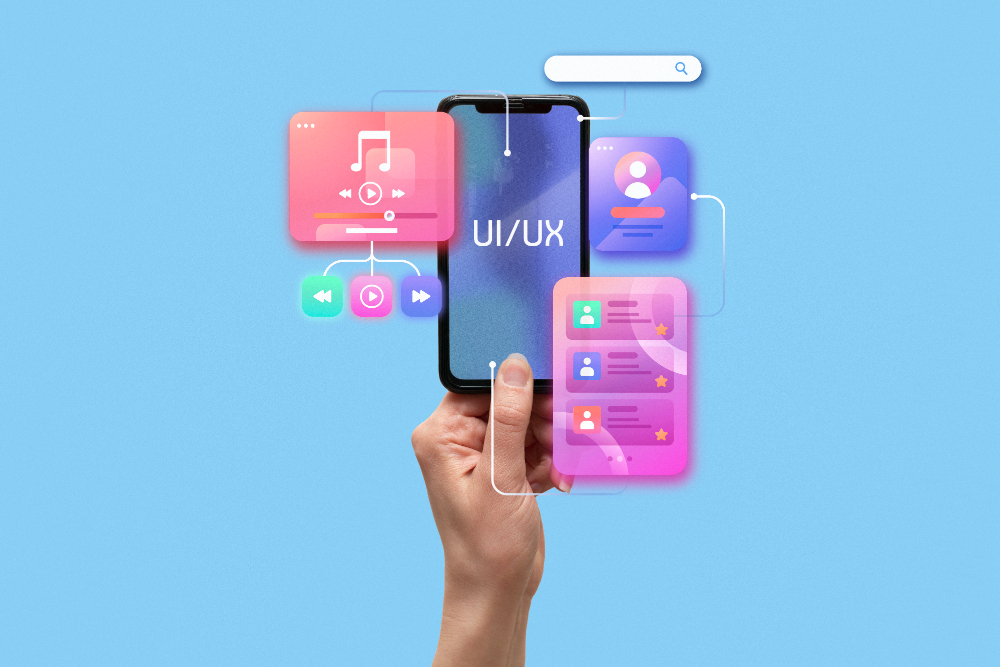
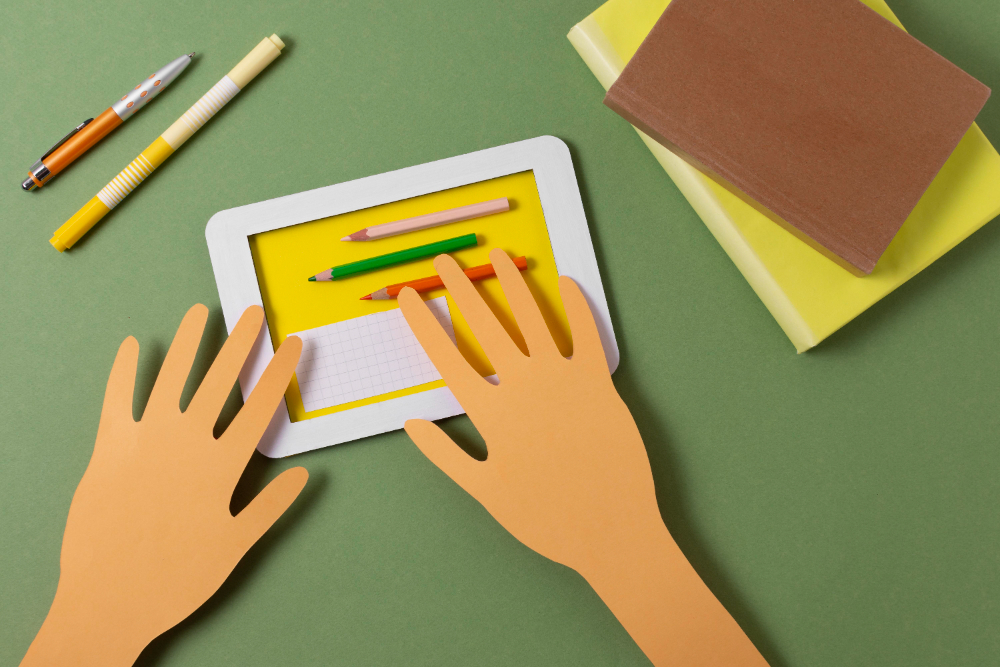


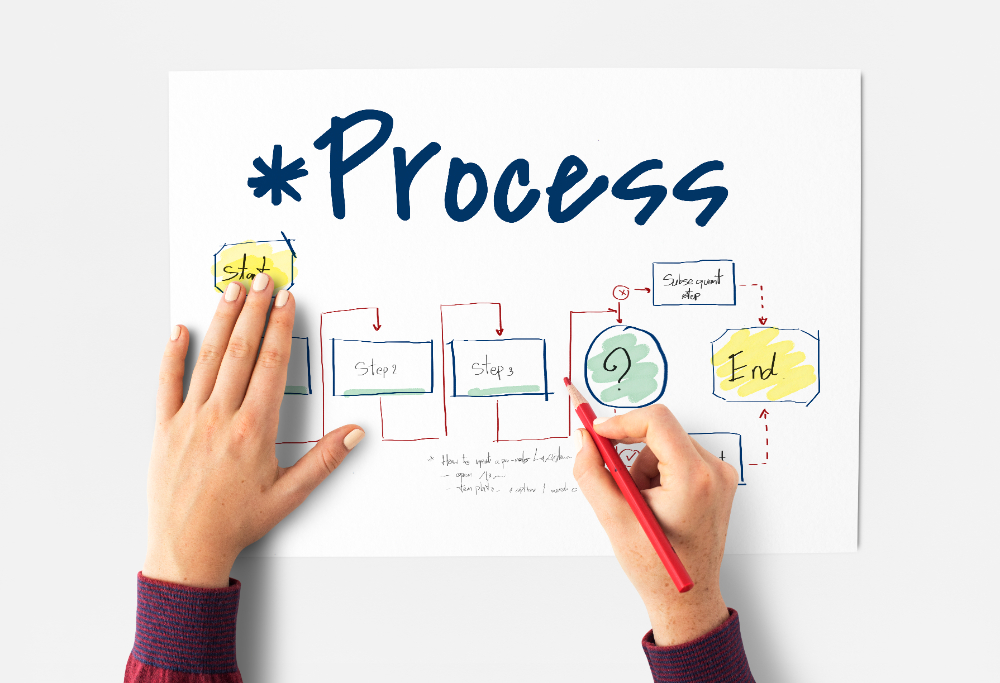


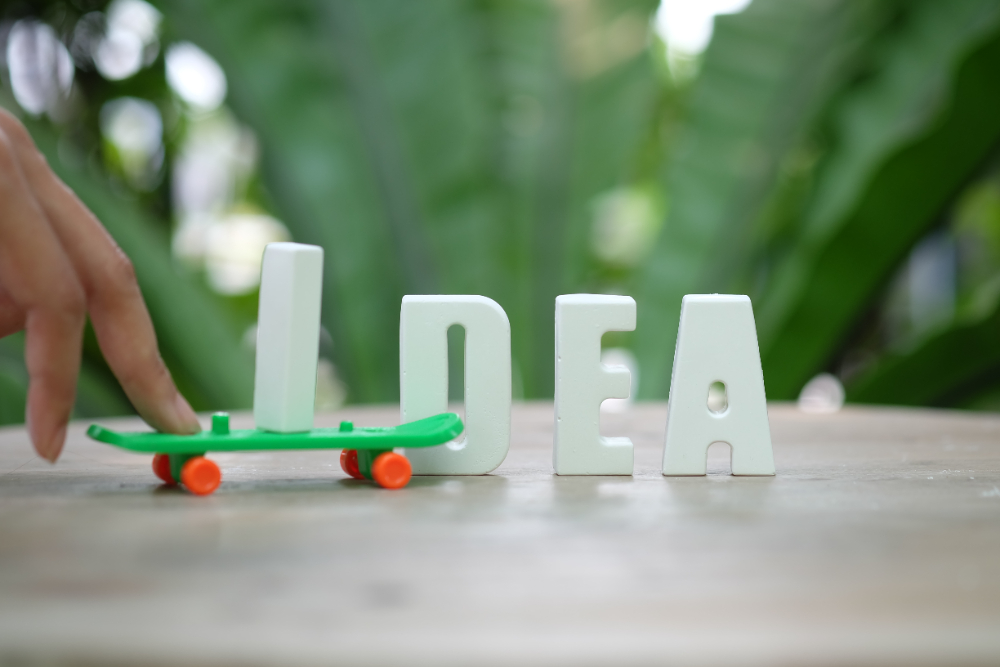
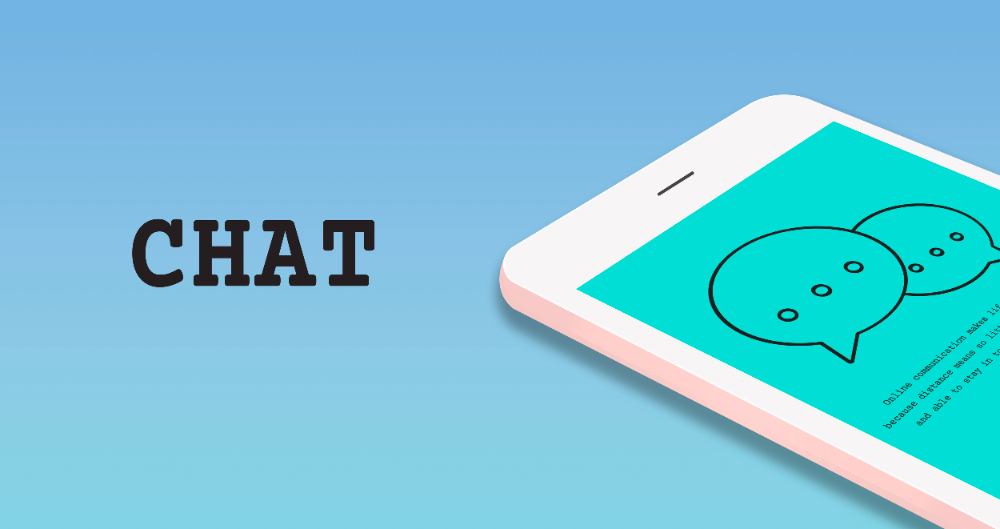

Comments are closed.